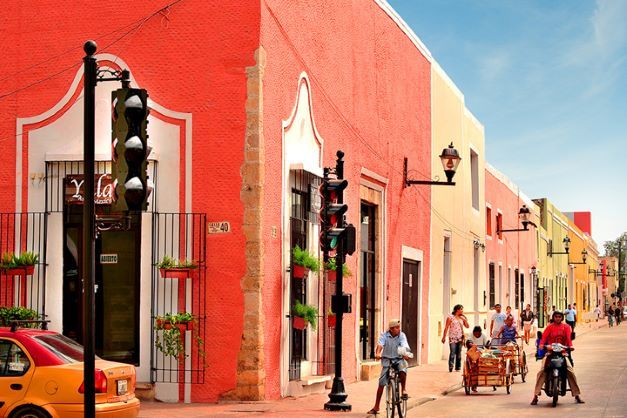The Mayan City of Valladolid, Yucatan, Mexico
One of the oldest cities in the peninsula and currently one of the two Magical Towns in Yucatan, Valladolid is fascinating in every way.

The colonial city Valladolid will become a new tourist hub in the state of Yucatan because it is surrounded by natural and archeological attractions has a variety of festivals and foods and is close to Mexico's most popular sun and beach spot, Cancun.
Valladolid is fascinating in every way. Its peaceful and lively streets are home to historic sites, mansions, museums, comfortable little hotels, markets, fountains, beautiful handicraft shops, ice cream and snack stalls, parks, and many other places to explore.
Known as "The Capital of the Mayan East", Valladolid is located right in the middle of the two most important cities of the Yucatan Peninsula, Merida and Cancun, both 100 miles away. The main archaeological wonders of the area are close by Chichén Itzá at 45 kilometers, Tulum at 100 kilometers, Ek Balam at 30 kilometers, and Cobá at 35 kilometers. For this reason, to get to know Yucatan it might be a good idea to consider this destination as a starting point.




